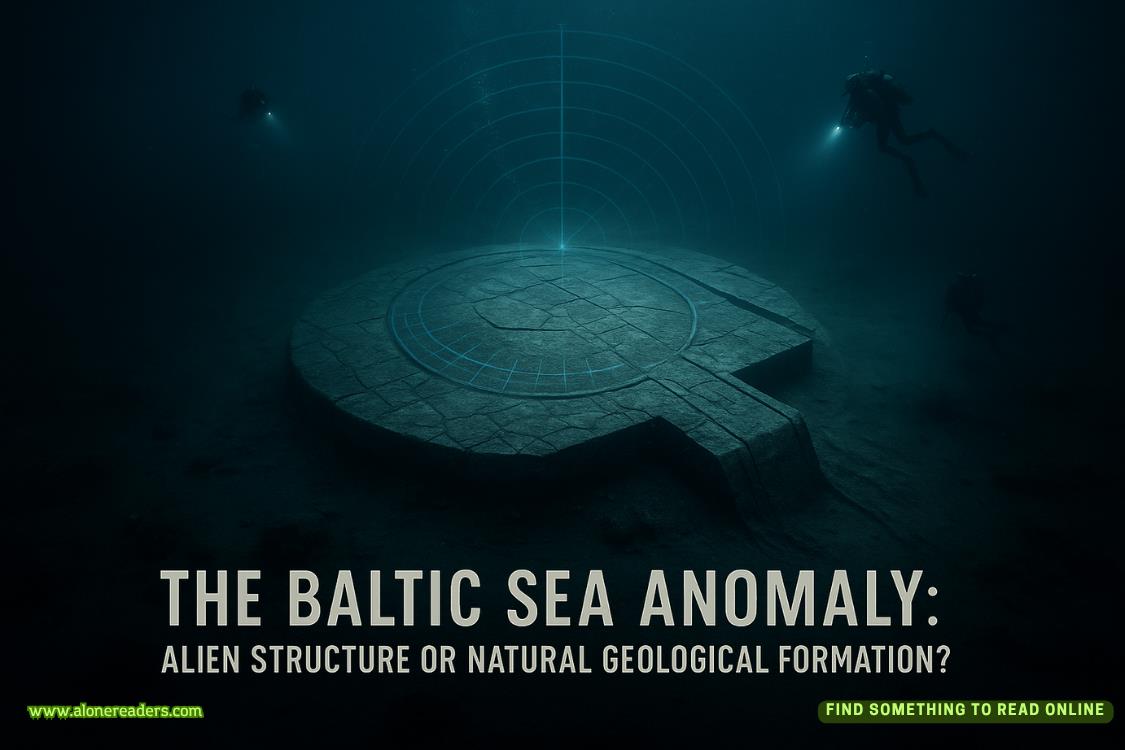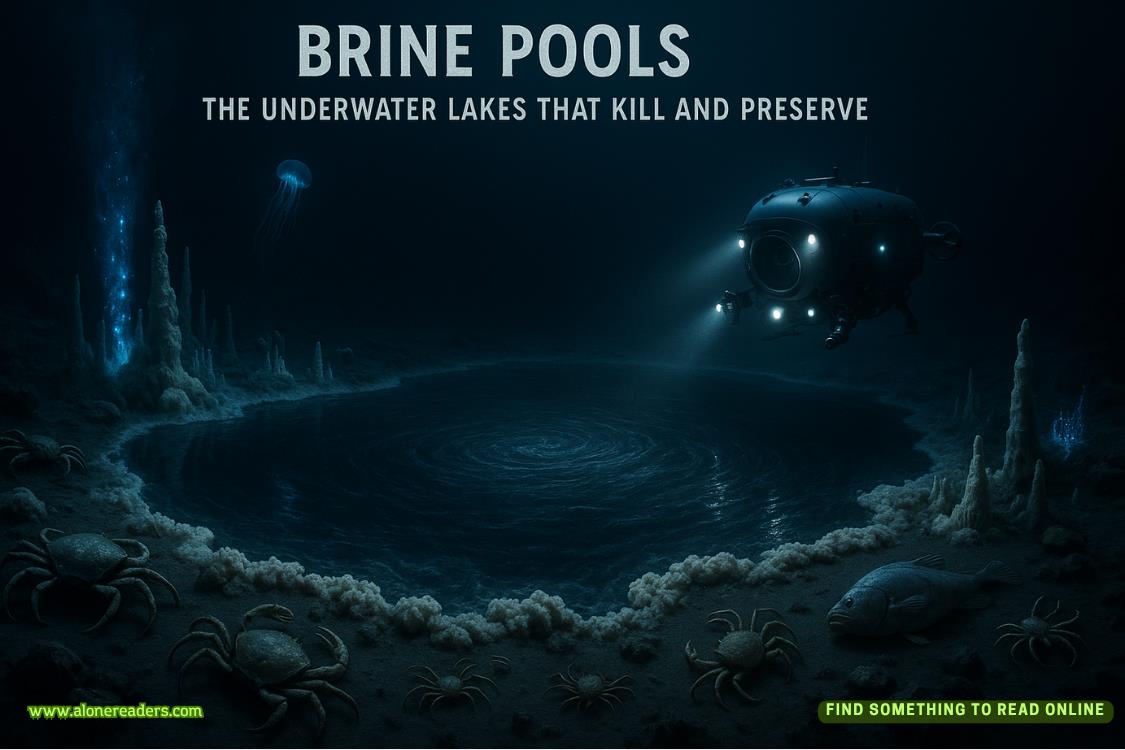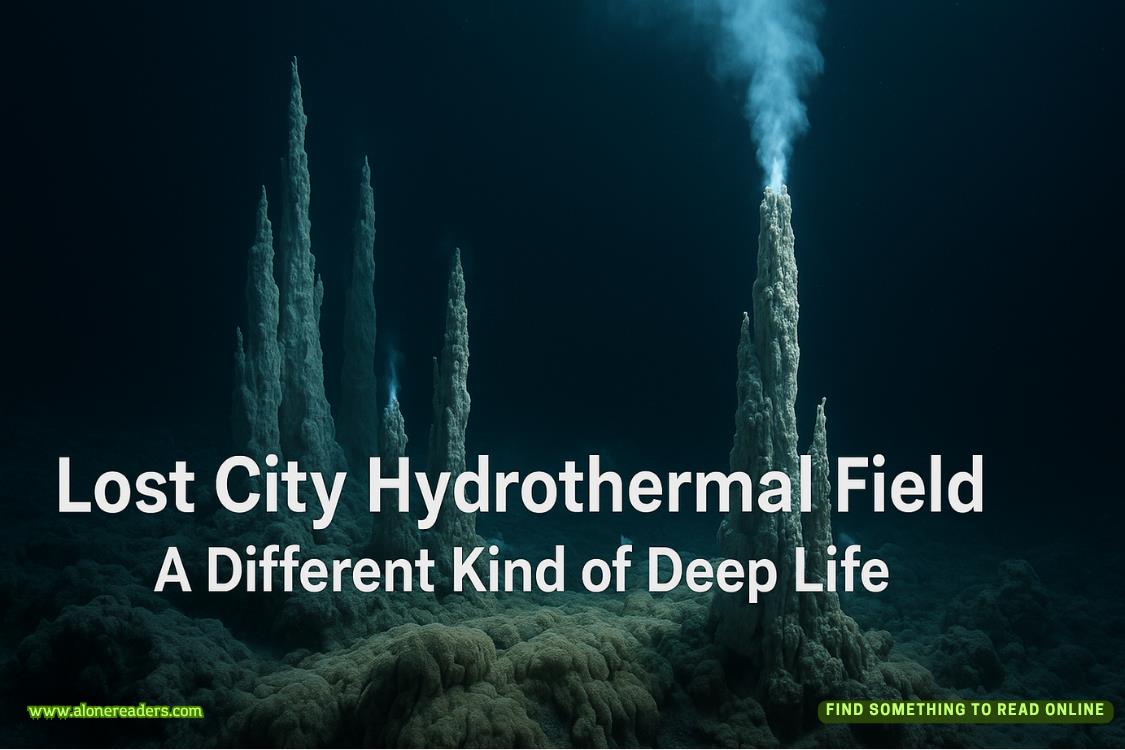Page 27 of If You're Reading This
There were no other words she could think to start with other than: If you’re reading this . . .
She jotted the words on the page.
Then she continued.
I’ve finally given in to Dr. Winters’ suggestion that I “process my thoughts on paper.” Honestly, the whole exercise feels a bit trite—as if the world needs another photographer waxing poetic about light and shadow. But he insists writing things down will help with the nightmares, so here we are.
I’m dying to drive out to Denali again. The mountain has always been my winter muse—how it stands defiant against a canvas of white and blue, how it wears storms like a shawl of silver.
January brings that perfect crystalline quality to the air where everything feels suspended in time. The kind of cold that transforms breath into ghost-whispers.
Last time I was there, I set up before dawn. No one else was foolish enough to brave the negative temperatures, which was precisely the point. I needed that solitude, that communion with the mountain without the distraction of hikers or tourists.
Just me, my Nikon, and the gentle click of my camera shutter marking time.
Sunrise painted Denali’s face in the most extraordinary shade of amber I’ve ever captured—like honey drizzled over snow. I lost myself in it, in that sacred space between artist and subject where nothing else exists. I remember thinking that some moments aren’t meant to be shared; they’re meant to be witnessed.
Moments like when the mountain confides in you.
Then something changed.
I can’t explain it properly—it wasn’t anything I could photograph. The air seemed to thicken around me. The silence, which had been a comfort moments before, suddenly felt . . . weighted. Expectant. Like the pause before an orchestra strikes its first note.
I lowered my camera and listened. I heard nothing except the occasional crack of ice shifting in the distance. But the sensation of being observed intensified like a prickling awareness that spread across my shoulders and up my neck.
I turned and scanned the tree line.
The morning shadows played tricks, stretching and contracting with the rising sun. Nothing seemed out of place, and yet . . .
A raven called from somewhere to my right, the sound startlingly close. When I turned toward it, something moved in my peripheral vision—a flash of deeper darkness against the trees.
By the time I whipped my head around, it was gone.
If it was ever there at all.
I tried to convince myself the movement was wildlife—a moose or maybe a fox. That would have been logical, expected even. But logic couldn’t explain away the feeling crawling beneath my skin—the certainty that whatever watched me wasn’t just observing.
It was studying me.
I packed up my equipment faster than I’d like to admit. My fingers fumbled with the tripod latches, suddenly clumsy in their urgency.
The silence transformed into something oppressive, as if the forest itself held its breath. I caught myself checking over my shoulder every few seconds, my eyes straining to penetrate the spaces between trees.
As I loaded the last of my equipment into my Subaru, I noticed something odd about the snow near where I’d been standing.
A depression.
It wasn’t quite a footprint—more like a disturbance in the perfect powder. One that hadn’t been there when I arrived.
It was probably mine, I told myself. Or maybe where my bag had rested.
I continued to tell myself that, even as I locked my car door the moment I got inside.
The drive back to the cabin felt longer than usual. I kept checking the rearview mirror, though I couldn’t say what I expected to see on that empty winter road.
Here’s the strangest part—when I reviewed the photographs later, in the safety of my studio with a mug of tea warming my hands, I noticed something in three consecutive frames.
A shadow at the edge of the composition, taller than it should have been, with proportions that didn’t quite match any animal I know. In the first frame, it was barely perceptible. In the second, it seemed to have moved closer. In the third, it was gone.















